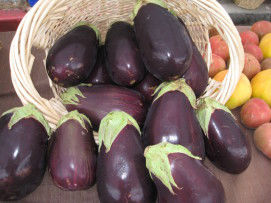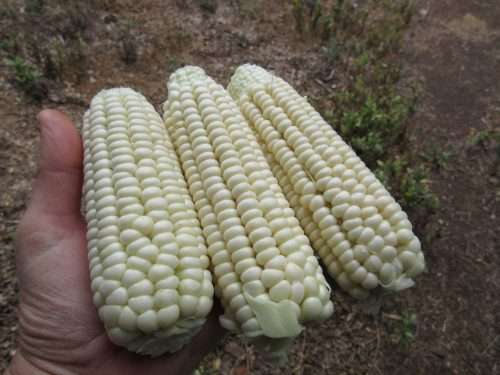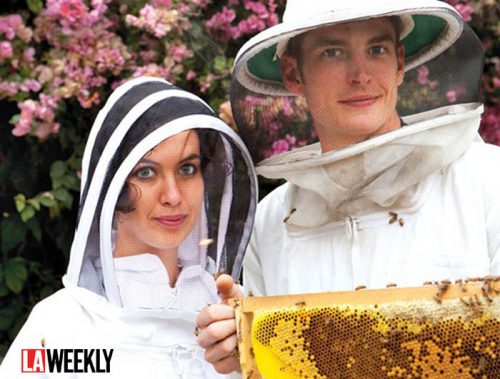I’ve been unknowingly conducting an experiment on compostable cutlery over the last three years. Today I report my findings to you, in hopes that it will dispel some of the myths about biodegradable products.
I celebrated a landmark birthday in February nearly 3 years ago. In our effort to lower our carbon footprint, we bought compostable/biodegradable cutlery and planned to compost everything from the party, including paper plates and cups (no birthday girl wants to do dishes in a ballgown). As of this morning those compostable forks and spoons are still with us.

A year ago, it still looked like you could eat with it. Mind you, people, this is what happens in an AEROBIC environment (which works faster at breaking down organic matter than an anaerobic environment – like our landfills). We turn our piles every month or so, and when we sift out a finished pile, the big pieces go back into the first compost bin to start the process over.
Manufacturers of “biodegradable” cutlery and other products say that these items will break down in commercial compost facilities in 4-6 months, and in backyard composters in 12-18 months. What does my inadvertent study show? That’s bull pucky.

There’s another factor we have to deal with in this equation. The truth is that compostable and biodegradable materials usually end up in the recycle bin, and that only contaminates the waste stream, because those products are not plastic or paper – they’re corn or potato.
So, what do we do? I have a suggestion:
Since compostables are clearly not a genuine answer to our waste problem, let’s make it cool to bring your own plate and cutlery to every party. Let’s make it fashionable to show up with a snazzy looking goblet or drinking mug at every social event.
It’s already happening here in LA. At Time Bank potlucks, we all bring our own. It makes doing dishes so much easier at the end, because everyone does their own and takes it home.
If you have suggestions for how to reduce waste or eliminate “disposable” items, post a comment below.




May i know what the cutlery is made from? Actually, the cutlery can be composting in industrial facilites. Need certain temperature and humidity. Thank
I don’t remember exactly what material the compostable cutlery was made from, either potato starch or a corn-based product. The fact remains that whether we have thrown them into an Active Batch Thermal compost pile or a cold pile built over time, they both had plenty of water and air and they still didn’t decompose at a suitable rate. These products are in place to make people think it’s okay to use disposable products, but the truth is that they will not decompose in an oxygen-free environment–ie. the landfill– and far fewer people would think to put them in the compost bin instead of the trash or even the recycling bin. Bring your own cutlery to parties and use real plates!
Great blog post! I was just on my way to purchase ‘compostable’ plates & cuttlery from Whole Foods.
I LOVE your idea of everyone bringing their own and will be sure to try it. Let’s start a movement!
Wow, that’s really good to know. Wonder if Whole Foods knows this, since they use this so-called biodegradable cutlery, too. I got a clear supposedly biodegradable “plastic” cup from a restaurant a while ago which you were apparently able to throw into your composting bin. I fished it out after a week since I wasn’t convinced. I’m sure it would look just as durable today as your utensils do!
Unfortunately ‘biodegradable’ is a greenwashing term. Everything, even a pastic bag, is ‘biodegradable’ in 500 years. ‘Compostable’ is the term we want. However this blog post proves even that term has become greenwashed.
Still following you. This is a fascinating post. “Bull Pucky” is rather nice of you.